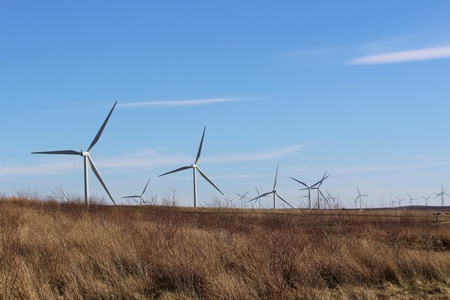Scientists at the University of Aberdeen have outlined a framework that can more accurately assess the potential for onshore wind energy generation anywhere in the world, after undertaking one of the most extensive studies of its type.
They have reviewed over 300 articles in the field of large-scale resource assessments for onshore wind, focusing on the methods and assumptions that these studies adopt, in order to identify best practice and suggest future avenues for research.
Chief among their findings is that, in addition to considering geographical, technical, and economic factors, so-called ‘feasible’ aspects should be integrated into assessments of onshore wind energy potential, in order to build up the most accurate picture possible.
These factors include public appetite, planning restrictions, and competition over land use. In a recent example of how such factors might impact on development, a previous University of Aberdeen-led study has shown that excluding windfarm development in the UK’s most scenic areas results in 18% less renewable electricity generation potential and up to 26% higher costs for operators.
The follow-up study, which was again led by Professor Russell McKenna from the University’s School of Engineering, has involved 20 scientists across Europe, and is freely available to view in the journal Renewable Energy.
The framework they suggest can be applied on a global scale, as Professor McKenna explains:
“As the first comprehensive review of methods and assumptions in this field, this paper draws together existing knowledge while suggesting avenues for future research that can dramatically improve our ability to accurately assess the potential for onshore wind energy generation, wherever that might be in the world.
“Onshore wind is one of the key low carbon technologies to support the global energy transition. For example, the latest UK government guidance foresees a doubling of current onshore wind capacity to 25-30 GW by 2050. Whilst there is a general support for this technology in the UK and elsewhere, it often meets local opposition due to landscape impacts, noise and ecological effects.
“One of the key innovations of the framework we outline in our paper is the recognition of such so-called feasible factors, which presents a new perspective on wind energy analyses that include previously overlooked non-technical aspects.
“By doing so, we go one step further than many other studies which only examine technical, geographic or economic potential. Ultimately this offers a way to better understand the trade-off between cost-efficiency and other non-technical aspects for onshore wind – which is crucially important for stakeholders such as investors and policymakers.”


